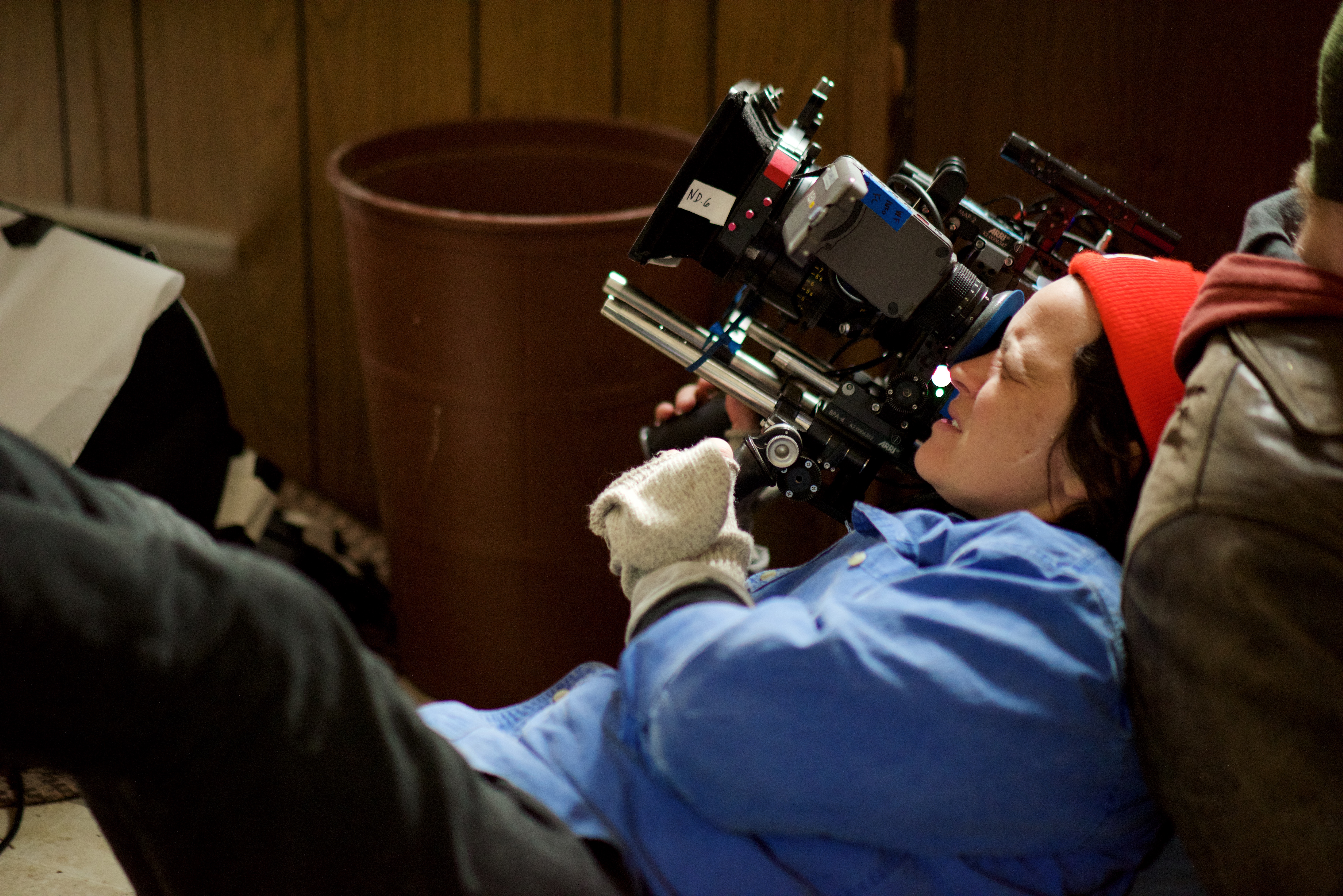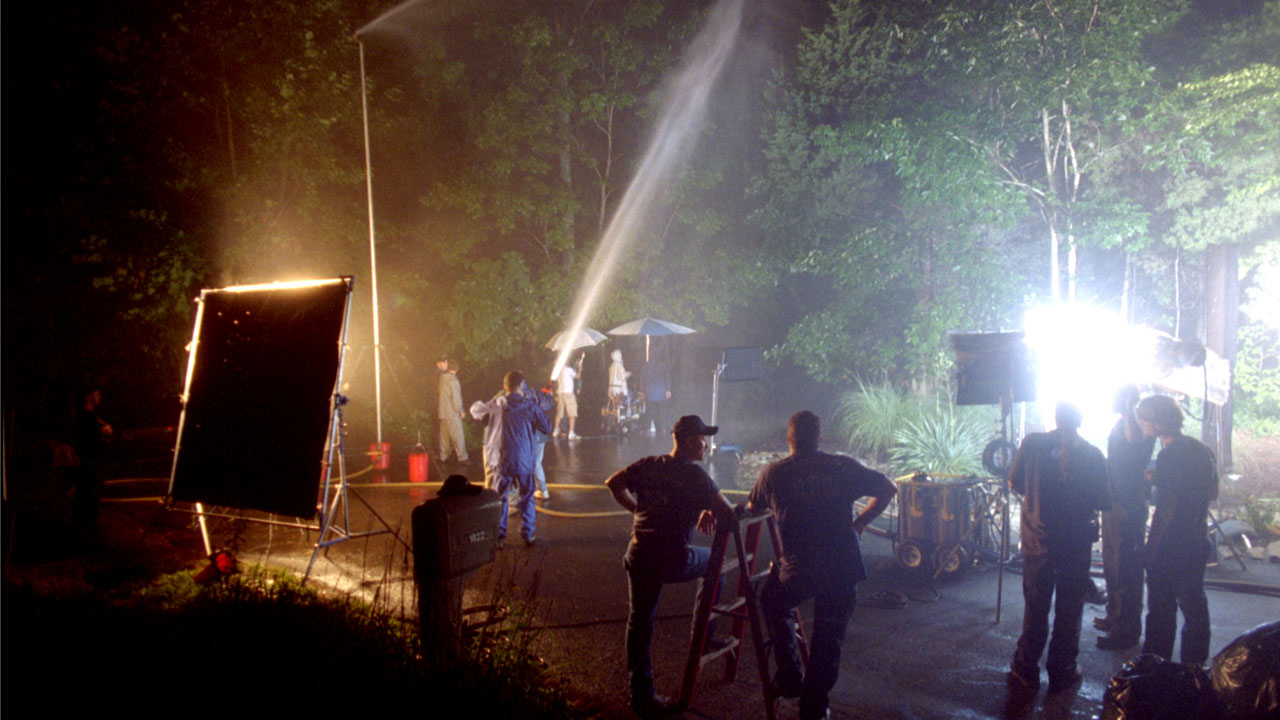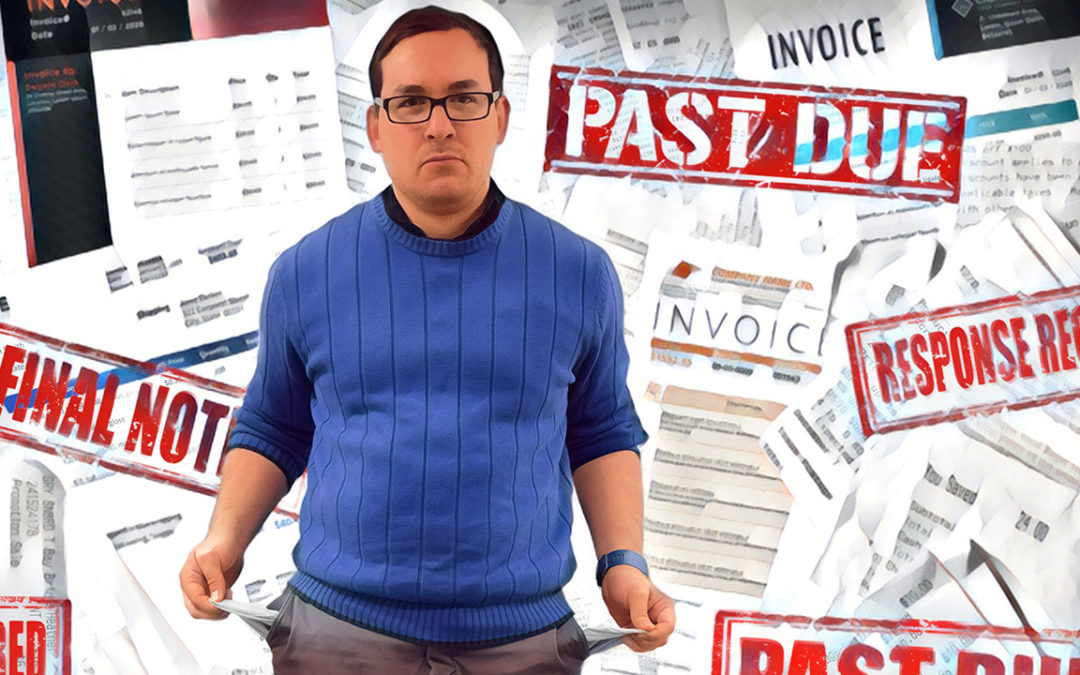One of the best ways to stand out in the film business is to make a successful low-budget movie. Like Paranormal Activity, shot for only $15,000. Or Get Out, made for $4.5 million. Or Split for $9 million. Or A Quiet Place, $17 million…
Hold on! This is starting to get expensive!
Why do “cheap” movies cost so much?
There are some obvious culprits. Hiring bankable stars will naturally cost extra. Elaborate SFX and VFX can be expensive and time-consuming. Even simple stunts can be quite pricey once you factor in the necessary rehearsal time and safety precautions.
But what are the unexpected budget inflators; the little things that add up over time? When you’re evaluating the producibility of a script, here are five sneaky-expensive elements to keep an eye out for:
1. Odds & Ends
Producers are often so focused on the big-budget items, like cast salaries or camera packages, they underestimate the accumulated expense of some of the smaller purchases. Gas, for example, can be a difficult line item to calculate. It’s hard to accurately estimate the total expenditure, and the price can vary wildly depending on when and where it’s purchased. But good luck powering your vehicles and generators without it!
The point is, the little things add up. Expendables like gaff tape and batteries can be pricey, and tracking purchase and consumption is a real challenge. The physical media used to store your film (hard drives, shuttle drives, tape backups, etc.) will often exceed your pre-production estimates. And things like postage, parking tickets, and replacing lost or damaged equipment can end up costing more than you think.
2. Shooting Style
Are you mostly working with a handheld camera, or are you setting up dollies and sliders for all your shots? Will you use practical/natural light or meticulously light every set-up? Will you mostly be relying on a few specific masters to get you through the scene, or do you need extensive coverage from every angle?
Ideally these would all be aesthetic choices, but how you shoot has a lot to do with how long you shoot, and on a film set, time is money. The more elaborate your set-ups, the less set-ups you can shoot in a day. And the more shooting days you need, the more money you must pay your cast and crew. That’s not to say that you can’t incorporate a complex camera move or a specific lighting set-up, but pick your battles and always have a plan.

DP Michelle Lawler used a lot of handheld camera shots on the set of Rust Creek.
3. Location, Location, Location
When you’re breaking down your script, count the locations and look for opportunities to eliminate or consolidate ones that only appear once or aren’t absolutely necessary to the story. And if there are a few stray scenes that absolutely demand a new location, see if you can shoot that footage with a more nimble skeleton crew rather than the whole team.
On that note, also understand that not all locations are equal. If power isn’t easily accessible you’ll have to rent generators. If ambient sounds make it difficult to record clean audio, understand that this might require added time in post-production to record, edit, and mix. Hopefully your tech scout will allow you to anticipate these problems, but some things you just can’t plan for.
Driving scenes are always tricky and will require extra time, whether you shoot with a process trailer or car mounts. Temperature can be a major factor as well. Shooting in extreme cold or extreme heat can mess with your gear and your personnel. And any set that requires extensive safety precautions, like a high building or a body of water, will slow things down significantly. In other words, shooting in a single location is great, unless that single location is a car, a desert, an iceberg, a river…
4. Acts of God
Adding a torrential downpour is an easy way for a writer to inject some drama and atmosphere into a scene. After all, on the page, “rain” doesn’t cost any more than “sun.” But during production, specific weather elements can be much harder to manufacture. Machines to simulate rain, snow, and wind cost money, and blocking and shooting those scenes can be logistically complicated. And if your script takes places largely outdoors at night, be prepared to deal with some cranky collaborators after a week of night shoots.
The more exotic the locale, the more likely you will run into delays. Exteriors might provide cheap lighting and production design, but you’re sacrificing a lot of control when you shoot out in the elements, and it can often come back to haunt you. Shooting indoors, in a controlled environment like a soundstage, might cost more up front, but could also go more smoothly.

Director Stu Pollard makes it rain on the set of Keep Your Distance.
5. Services
Buried in the credits of every film are a number of professionals like lawyers and accountants that we don’t immediately associate with the industry. These folks play an essential role in making your movie a success, but they don’t work for free.
Whether you’re fundraising, negotiating contract terms, or eventually (hopefully!) making a sale, you’re going to need a lawyer. But because they are so necessary at so many stages of the process, it can be very difficult to accurately estimate that cost.
Also, when budgeting for your accountant, don’t forget to set a little extra aside for tax time. Those K-1s aren’t going to file themselves!
Then there’s the cost of promotion. You’ll need a BTS photographer on set for at least a few shooting days. And as you do the festival circuit with your completed film, you’ll need promotional materials, travel expenses for your principal cast and and crew, and probably a PR team and/or social media consultant. That’s on top of the expense of the festival applications themselves. Too many inexperienced filmmakers are blindsided by these costs long after they thought they’d crossed the finish line.
BONUS!
A nice wrap party, with food, drinks, and thoughtful wrap gifts isn’t a necessity… but it should be! It’s a great way to show your team how much you appreciate them. Rather than throwing something together at the last minute, build a party fund into your initial budget.

